At INFRA Skills, we prioritise fostering a healthy lifestyle, especially in the infrastructure sector, where safety is paramount. A critical component of this is the management of blood pressure. High blood pressure, or hypertension, can lead to severe health complications if neglected. In this guide, we provide advice on effectively managing your blood pressure.
Understanding the Dynamics of Blood Pressure
Blood pressure is the force your heart uses to pump blood around your body through the arteries. It is measured in millimetres of mercury (mmHg) and is presented as two numbers. The first number, or systolic pressure, is the pressure when your heart beats and pumps blood. The second number, or diastolic pressure, is the pressure when your heart rests between beats. A healthy blood pressure reading is typically below 140/90 mmHg.
Acknowledging the Risks of High Blood Pressure
High blood pressure can lead to heart and circulatory diseases, including heart attack and stroke. It’s important to understand these risks and take steps to manage your blood pressure.
Implementing Lifestyle Adjustments for Blood Pressure Regulation
Lifestyle changes can significantly improve your blood pressure. This includes eating a healthy diet, exercising regularly, maintaining a healthy weight, quitting smoking, and limiting alcohol consumption. Regularly checking your blood pressure can also help you monitor your progress and see the effects of these changes.
Procuring Support for Blood Pressure Management
If you’re struggling with managing your blood pressure, it’s essential to seek support. Consult your doctor or health associations like the British Heart Foundation for advice tailored to your situation. At INFRA Skills, our Occupational Health Nurses can provide support and guidance. They can give advice, support, and resources to help you manage your blood pressure.
At INFRA Skills, we promote a healthy and safe work environment. Taking control of your blood pressure is an integral part of this. By understanding blood pressure, recognising the risks, making lifestyle changes, and seeking support when needed, you can manage your blood pressure and contribute to a safer and healthier workplace.
FAQ’s
What is blood pressure, and what is a healthy reading?
Blood pressure is the force your heart uses to pump blood around your body through the arteries. It is measured in millimetres of mercury (mmHg) and is presented as two numbers. The first number, or systolic pressure, is the pressure when your heart beats and pumps blood. The second number, or diastolic pressure, is the pressure when your heart rests between beats. A healthy blood pressure reading is typically below 140/90 mmHg.
What are the risks associated with high blood pressure?
High blood pressure can lead to heart and circulatory diseases, including heart attack and stroke. It’s important to understand these risks and take steps to manage your blood pressure.
What lifestyle changes can be made to manage blood pressure?
Lifestyle changes can significantly improve your blood pressure. This includes eating a healthy diet, exercising regularly, maintaining a healthy weight, quitting smoking, and limiting alcohol consumption. Regularly checking your blood pressure can also help you monitor your progress and see the effects of these changes.
What support do INFRA Skills provide for managing blood pressure?
A: Occupational Health Nurses can provide support and guidance at INFRA Skills. They can give advice, support, and resources to help you manage your blood pressure.


